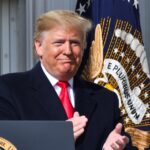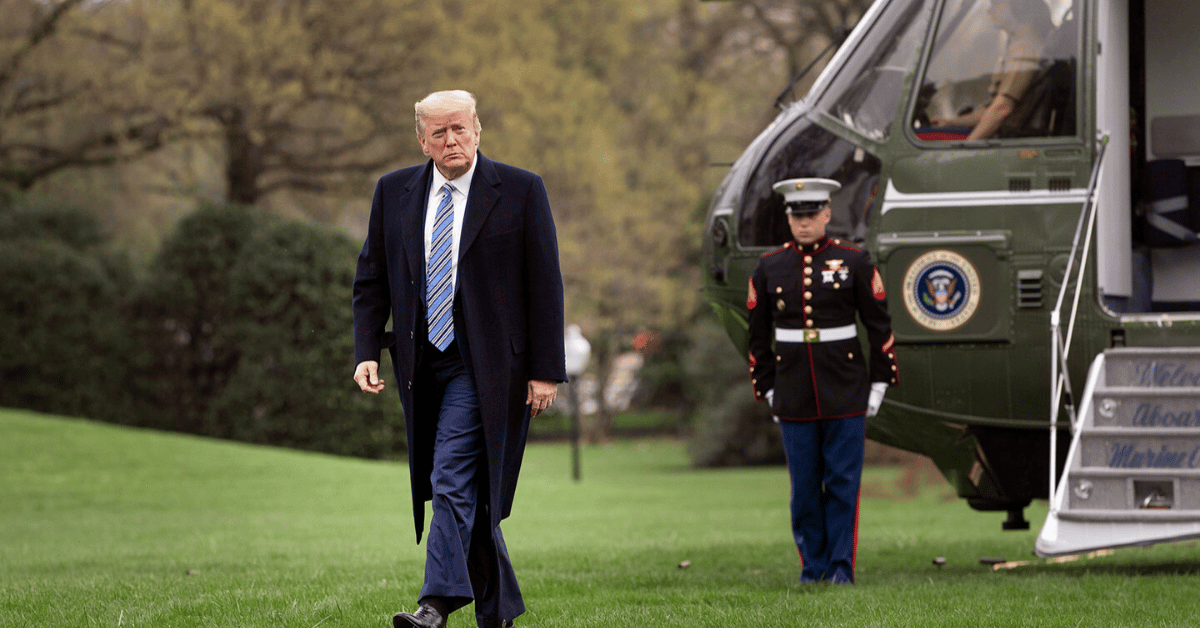
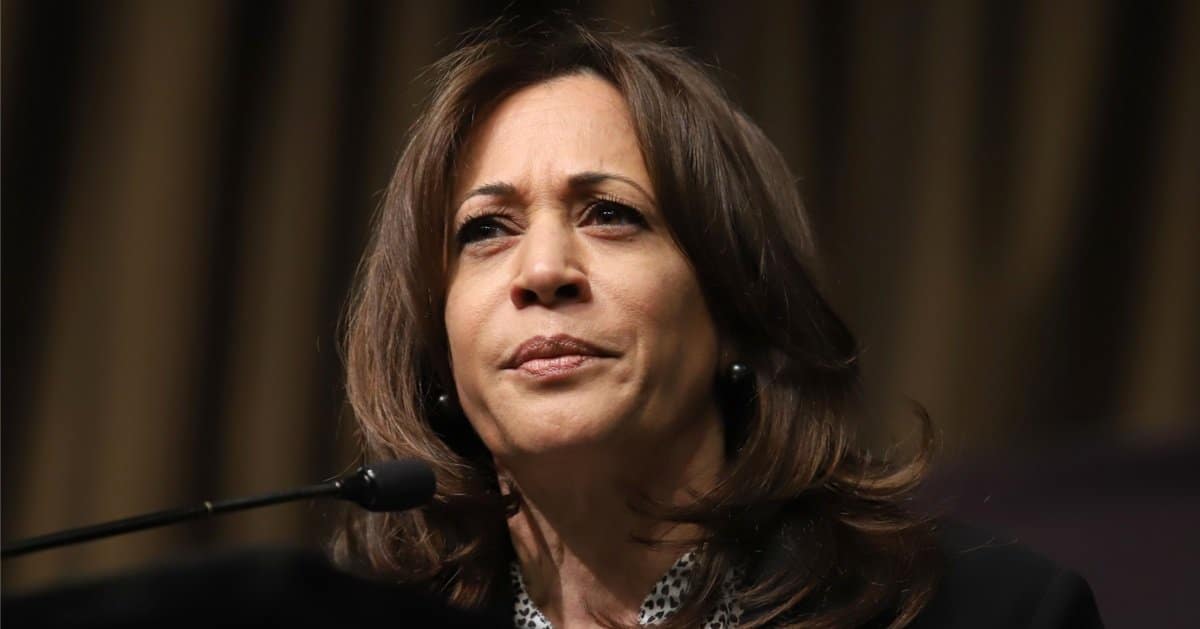
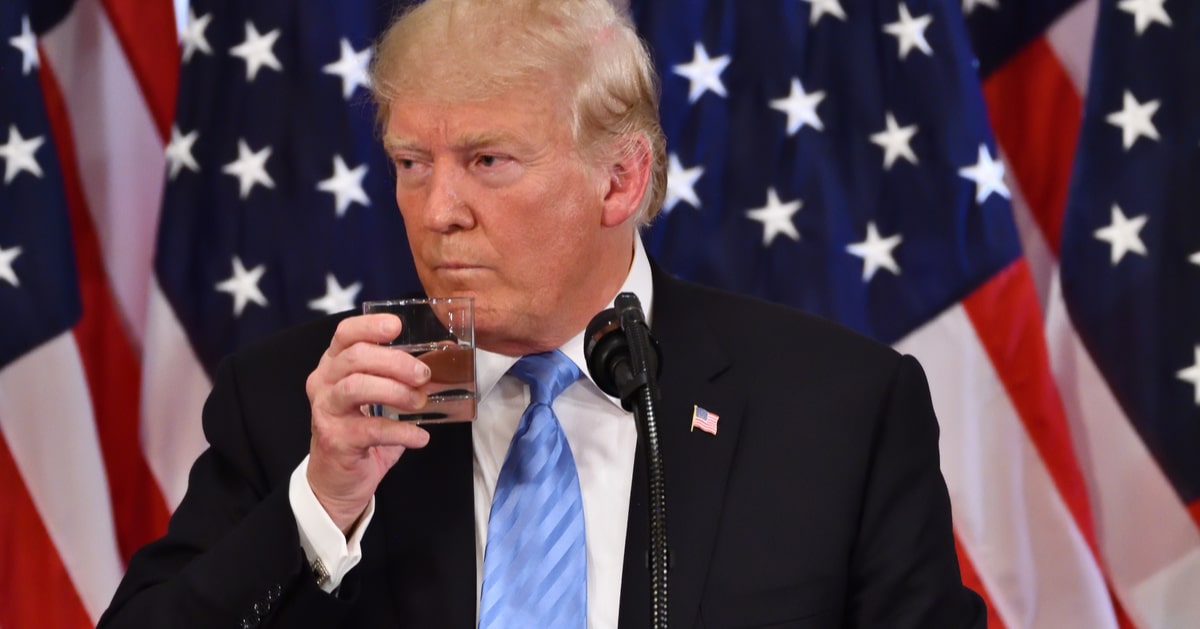
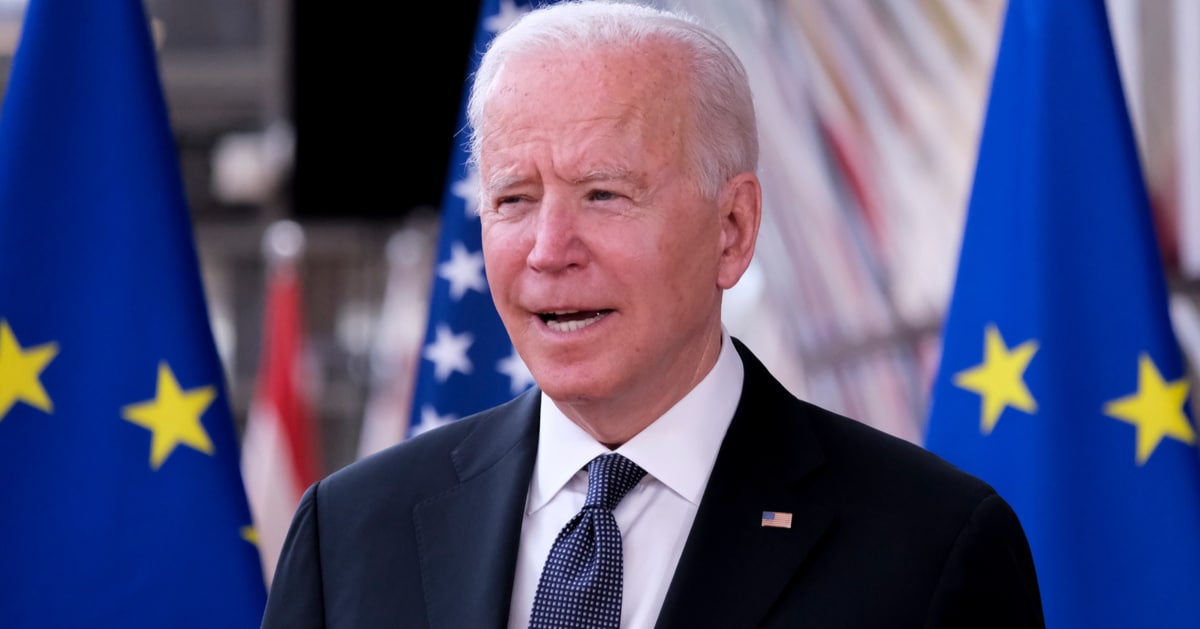
The Smithsonian’s National Museum of American History quietly erased President Trump’s name from its impeachment exhibit, bowing to White House pressure, Just the News reported on Friday.
This move, part of a broader content review, has sparked debate over historical accuracy versus political influence. It’s a curious day when a museum edits history to appease power.
In September 2021, the museum slapped a temporary label on the exhibit, citing a redesign. The label, meant as a short-term fix, lingered until July 2025. It read, “Case under redesign (history happens),” a vague nod to ongoing events.
That temporary label highlighted the impeachments of Andrew Johnson in 1868, Bill Clinton in 1998, and Richard Nixon’s near-impeachment before his 1974 resignation. Oddly, it sidestepped Trump’s impeachment entirely. Museums should preserve history, not play hide-and-seek with it.
The change stemmed from a White House push to oust an art museum director, according to an unnamed source. “The museum made the change as part of a review that it agreed to after the White House pressured the Smithsonian to remove an art museum director,” the source told The Washington Post. Sounds like politics muscled its way into a place meant for facts.
In March, Trump signed an executive order targeting “improper, divisive or anti-American ideology” at the Smithsonian. This directive raised eyebrows, suggesting a broader agenda to shape historical narratives. Museums aren’t campaign rallies; they should stick to the truth, not talking points.
The Smithsonian’s review led to restoring the exhibit to its 2008 version. The updated display now claims “only three presidents have seriously faced removal.” That’s a head-scratcher when Trump’s impeachments are well-documented history.
A Smithsonian spokesperson told Reuters the 2021 label was meant to address “current events at the time.” Yet, it stayed up for nearly four years, raising questions about institutional resolve. Temporary fixes shouldn’t outlast a presidential term.
The spokesperson added, “In September 2021, the museum installed a temporary label on content concerning the impeachments of Donald J. Trump.” The prolonged delay in updating it suggests either bureaucratic inertia or deliberate avoidance. History deserves better than a placeholder.
The Smithsonian promised The Washington Post, “A future and updated exhibit will include all impeachments.” That’s a fine pledge, but why wait? Erasing Trump’s name now feels less like curation and more like capitulation.
The exhibit’s reversion to its 2008 form omits a chunk of recent history. By focusing solely on Johnson, Clinton, and Nixon, it sidesteps Trump’s two impeachments. Selectively editing history risks turning a museum into a stage for political theater.
The White House’s influence here is troubling. Museums should be sanctuaries of fact, not pawns in ideological battles. When pressure from the top dictates what’s displayed, public trust in institutions takes a hit.
The executive order’s call to purge “divisive” ideology sounds noble but reeks of overreach. History isn’t meant to be comfortable; it’s meant to be accurate. Sanitizing exhibits to fit a narrative betrays the public’s right to unfiltered truth.
The Smithsonian’s decision reflects a broader struggle: balancing historical integrity with external demands. Museums aren’t immune to politics, but they should strive to rise above it. Caving to pressure sets a precedent that invites more meddling.
Restoring the 2008 exhibit might seem like a neutral move, but it’s not. Omitting Trump’s impeachments erases a significant chapter of American history. That’s not curation—it’s revisionism with a polite face.
The Smithsonian’s promise of a future exhibit covering all impeachments offers hope, but timing matters. History shouldn’t wait for political winds to shift. Americans deserve a museum that tells the full story, not a version edited for convenience.


